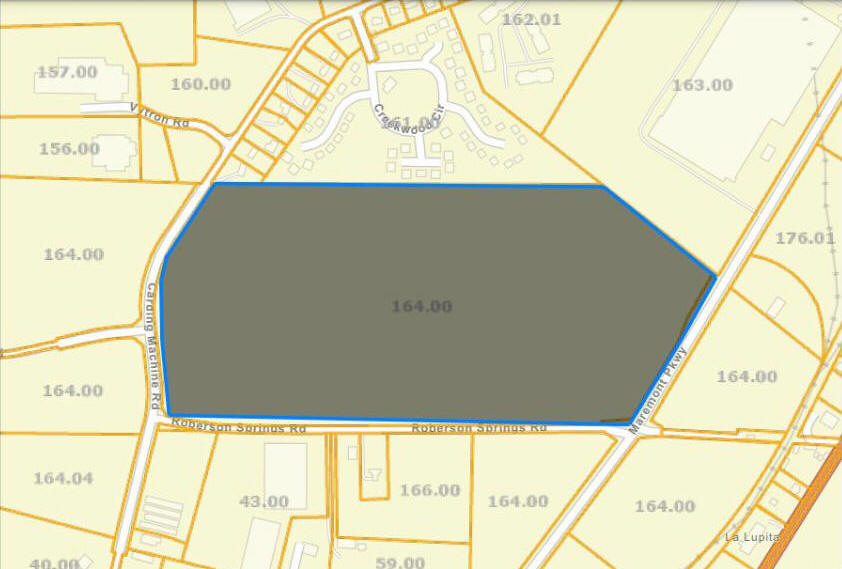Becca J. G. Godwin news-herald.net
A solar power project planned for Loudon County would have no significant impacts on considerations such as water quality, floodplains or human health, a government agency has determined.
The U.S. Department of Agriculture’s Rural Utilities Service made the Finding of No Significant Impact for the Walking Horse Solar Project in March. The project, which would provide a renewable energy source for Loudon County and surrounding areas, is to be built on about 42 acres off Maremont Parkway.
A solar power project planned for Loudon County would have no significant impacts on considerations such as water quality, floodplains or human health, a government agency has determined.
The U.S. Department of Agriculture’s Rural Utilities Service made the Finding of No Significant Impact for the Walking Horse Solar Project in March. The project, which would provide a renewable energy source for Loudon County and surrounding areas, is to be built on about 42 acres off Maremont Parkway.
Tennessee Valley Authority paved the way for such a project in 2020, when it announced a flexibility program that allows up to 5 percent of its partner’s average energy needs to be met by new “distributed energy solutions” — independent power systems that provide energy — built in their own service territory. London Utilities currently gets 100 percent of its energy from TVA.
“The proposed project is not anticipated to produce emissions other than emissions from a limited number of vehicles that will visit the site to perform periodic maintenance,” the report said. “It is anticipated that emissions from these vehicles will be minor, and these emissions will not exceed de minimis levels for PM 2.5 and 8-hour ozone pollutants.”
The report said about 7.1 acres of trees will be removed on the western and central portions of the site; Cagle said trees have been cleared already.
According to the report, the project would have no adverse effect on resources eligible for, or on, the National Register of Historic Places; is not likely to adversely affect “federally listed threatened and endangered species or designated critical habitat thereof;” would not disproportionately affect minority and/or low-income populations; and would have no significant impact on wetland, land use, aesthetics, transportation or human safety.
No other potential significant impacts resulting from the proposed project have been identified.
